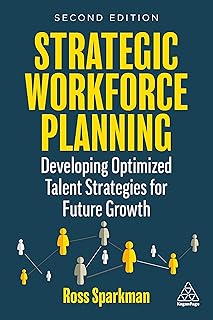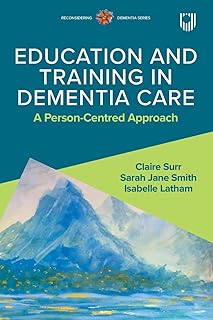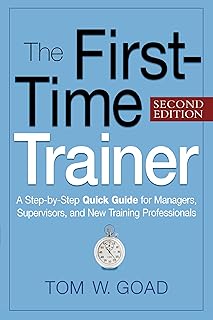The Workforce Pell Grant Program, also known as the “short-term Pell,” has emerged as a potential game-changer in the landscape of US higher education. With the aim of providing more accessible and affordable pathways for students, this federal funding initiative signifies a shift towards addressing the evolving needs of learners in a rapidly changing economic environment. The traditional model of pursuing a bachelor’s degree as the sole route to economic mobility is being reevaluated as student debt escalates, enrollment dwindles, and public confidence in higher education wanes.
Historically, the pursuit of a four-year degree has been the cornerstone of educational attainment in the United States. However, as societal and economic dynamics evolve, the rigid structure of traditional higher education no longer meets the diverse needs of today’s learners. The introduction of short-term Pell grants opens up new possibilities by extending financial aid eligibility to shorter-term programs, such as certificate courses and technical training, that equip students with industry-relevant skills in a more time-efficient manner.
The urgency for reform in higher education is underscored by concerning trends, including a decline in US rankings for postsecondary degree attainment among OECD countries and significant revenue shortfalls in the sector. The prevailing sentiment that higher education may not be worth the investment is further exacerbated by the increasing number of students who leave college without completing a degree, burdened with debt and without the anticipated qualifications to secure their future.
Having spent decades within the higher education system, Pardis Mahdavi, an experienced academic leader, highlights the disconnect between the current educational framework and the realities faced by students. The prevailing narrative of escalating costs, rigid curricula, and uncertain job prospects has led many learners to question the value proposition of a traditional college education.
Short-term Pell grants provide an opportunity for universities to forge stronger partnerships with industry stakeholders, aligning educational offerings with workforce demands. By integrating apprenticeships and industry-recognized credentials into their programs, institutions can bridge the gap between theoretical knowledge and practical skills, fostering a more seamless transition for students into the job market.
This shift towards a more industry-responsive educational model also prompts a reevaluation of curriculum design. Mahdavi advocates for a multidimensional approach that combines specialized knowledge with transferable skills, preparing students for the complexities of a rapidly evolving job market. By emphasizing skills such as communication, collaboration, adaptability, and problem-solving, educational institutions can better equip learners for lifelong success.
Moreover, the advent of short-term Pell grants invites a reimagining of the traditional higher education landscape. Future educational models could blend classroom learning with hands-on training and community mentorship, creating a more dynamic and inclusive learning environment. This shift towards a lifelong learning approach challenges the conventional notion of education as a one-time credential, offering individuals the opportunity to upskill and reskill at various stages of their careers.
While the implementation of the Workforce Pell Grant Program presents opportunities for innovation and collaboration, it also poses challenges that must be navigated. Ensuring program quality, addressing faculty concerns regarding curriculum relevance, and fostering clear communication between educational institutions and employers are crucial steps in maximizing the potential benefits of this initiative.
In conclusion, the Workforce Pell Grant Program represents a pivotal moment in reshaping the landscape of higher education in the United States. By aligning the interests of students, employers, and educational institutions, this initiative signifies a step towards creating a more responsive, adaptable, and equitable educational system. The future of higher education hinges on the willingness of leaders to embrace change and seize the opportunities presented by this transformative policy initiative.
📰 Related Articles
- How Harvard’s Latest Scientific Discovery Shapes Higher Education Landscape
- Yale Nursing Initiative Revolutionizes Education for Disabilities
- We Love Every Game Revolutionizes Game Discovery Landscape
- UniSA Revolutionizes Construction Education with Gamified Learning Platform
- Trump’s Foreign Student Policies Impact Australian Education Landscape
📚Book Titles
- Drake Solves Vectors: The AI Revolution in Education
- How AI Can Help Cure Cancer: Revolutionizing Early Detection and Personalized Treatment
- Forget New Years Resolutions: The Surprising Secret to Starting (and Sticking to) Life-Changing Habits
- Voyage to the Vermilion: A Comprehensive Review of Mars Explorations and Future Prospects






